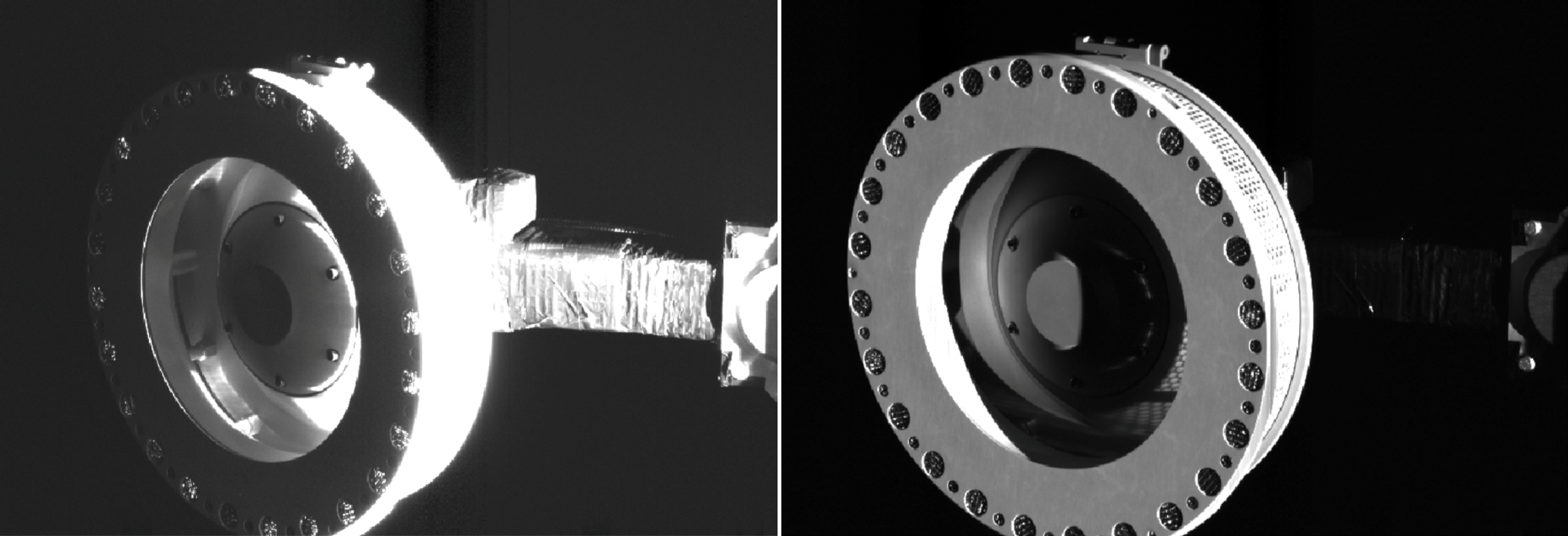DESTROYA
Member

NASA’s OSIRIS-REx Spacecraft Successfully Touches Asteroid - NASA
NASA’s Origins, Spectral Interpretation, Resource Identification, Security, Regolith Explorer (OSIRIS-REx) spacecraft unfurled its robotic arm Tuesday, and in

Will take 3 years to get the samples back but what a accomplishment .
Video for reenactment





